In the world of software development, it’s key to keep teams and user needs in sync. The agile user story template is vital in Scrum. It helps deliver real value to customers. User stories are simple tales, focusing on user goals and their importance. They fit well in Scrum and Kanban, improving product backlog management.
User stories bring big value. They center work on user experiences, boosting team creativity. Atlassian says they turn big tasks into small, manageable pieces. This makes sprints more successful and the final product better matches user needs. Companies like Aloa use user stories to make their software projects flow smoothly.
Key Takeaways
- Agile user stories break down larger tasks into manageable increments.
- They ensure alignment with the product roadmap and user requirements.
- Scrum user stories enhance collaboration and user-centric development.
- Effective user stories have clear descriptions, acceptance criteria, and prioritize user value.
- Across various industries, user stories contribute to optimized processes and user satisfaction.
What is an Agile User Story?
In Agile Software Development, user stories are short, clear feature descriptions from the user’s view. They help us understand what the user really needs. This way, we focus on creating things that matter.
Definition and Purpose
An Agile user story is brief and shows what the user wants and why. It helps everyone get the user’s perspective. It starts with “As a [user], I want [feature] so that [benefit].” This approach keeps our work user-centered.
Key Benefits
User stories in Agile, like Scrum, bring big pluses:
- Enhanced collaboration: Everyone works together better with a focus on user needs.
- Driving creative solutions: Knowing what the user wants leads to innovative ideas that truly help.
- Maintaining user focus: We always aim to make what the user will love and use.
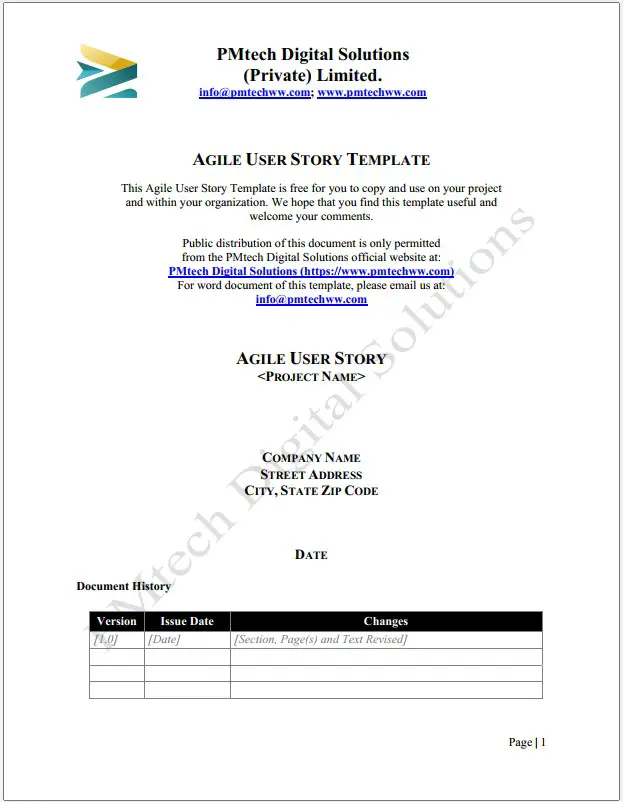
User Stories vs Product Requirements
| Aspect | User Stories | Product Requirements |
|---|---|---|
| Focus | End User Focus | Technical Specifications |
| Purpose | Describe Desired Outcomes | Detail Functional Requirements |
| Format | Narrative “As a user, I want…” | Detailed Lists |
| Engagement | Encourages Team Collaboration | Often Individual Task-Based |
By stressing user desires over mere specs, user stories make software development truly beneficial. They change the game by focusing on real-world impact, not just technical details.
Writing Effective User Stories
Making good user stories is key in Agile, focusing on what the product needs to do for its users. We must include important details to make sure our stories are clear and precise.
Elements of a Good User Story
A solid user story has three main parts: Card, Conversation, and Confirmation. It starts with a Card, a short story description. Next, Conversation involves talking with the team and stakeholders to detail the story. Confirmation checks with Acceptance Criteria to see if the story’s done.
Keeping an eye on these elements makes our stories complete and easy to understand.
The INVEST Approach
The INVEST approach by Bill Wake guides us in making great stories. Stories should be:
- Independent: Stand on their own to decrease dependencies.
- Negotiable: Be open for discussion and improvements.
- Valuable: Deliver clear benefits to the user.
- Estimable: Allow for measuring, aiding in Story Point Estimation.
- Small: Stay brief to fit into a sprint.
- Testable: Have clear Acceptance Criteria for completion check.
This approach ensures our stories are actionable and truly help in development.
Common Mistakes to Avoid
Bad user stories often come from being too vague or too detailed. They might miss Acceptance Criteria, be too big for a sprint, or ignore the user’s view. To avoid these mistakes, stay clear, concise, and focus on the user.
Sticking to Agile principles like the INVEST approach and clear Acceptance Criteria helps us make impactful, user-focused products.
How Agile User Story Templates Improve Scrum Processes
Agile User Story Templates are key in Scrum. They focus on the user to better the process. These templates make managing the Product Backlog smoother. They improve teamwork, helping teams work together and create new ideas.

Enhancing Collaboration
User story templates make needs clear, so all team members understand. This understanding boosts teamwork in aiming for a common goal. The use of a standard format makes talking and quality consistent across the team.
Moreover, templates help with ongoing talks and feedback within the team. Reviews during sprints make user stories clearer. They ensure stories meet criteria. This not only aids teamwork but also keeps the product backlog in check.
Driving Creative Solutions
Agile user story templates push teams to creatively solve user issues. They outline the main parts—Title, User, Action, and Benefit. This structure invites a range of ideas. Teams look at different ways to reach the user’s goal, leading to innovative solutions.
Refining stories sparks creativity, asking teams to see various viewpoints. This continuous improvement keeps development agile to user needs and feedback. Being proactive in scrum is crucial to delivering constant value.
Maintaining User Focus
User focus is critical in agile, and templates ensure this. Each story is from the user’s view, showing their needs and its importance. This approach lets teams prioritize tasks well in the backlog.
Integrating stories into the backlog allows for effective workload management. Each story’s clear criteria mean goals are met, boosting the user experience. Updating stories with user feedback keeps the product in line with user expectations. This improves teamwork and project success.
Agile methodologies comparison showcases the sustained focus on user needs for project success.
Examples and Templates of User Stories
User stories help us understand what users need from software in Agile Development. We’ll look at common user story formats. These show user requirements clearly and make mapping stories easier and better.
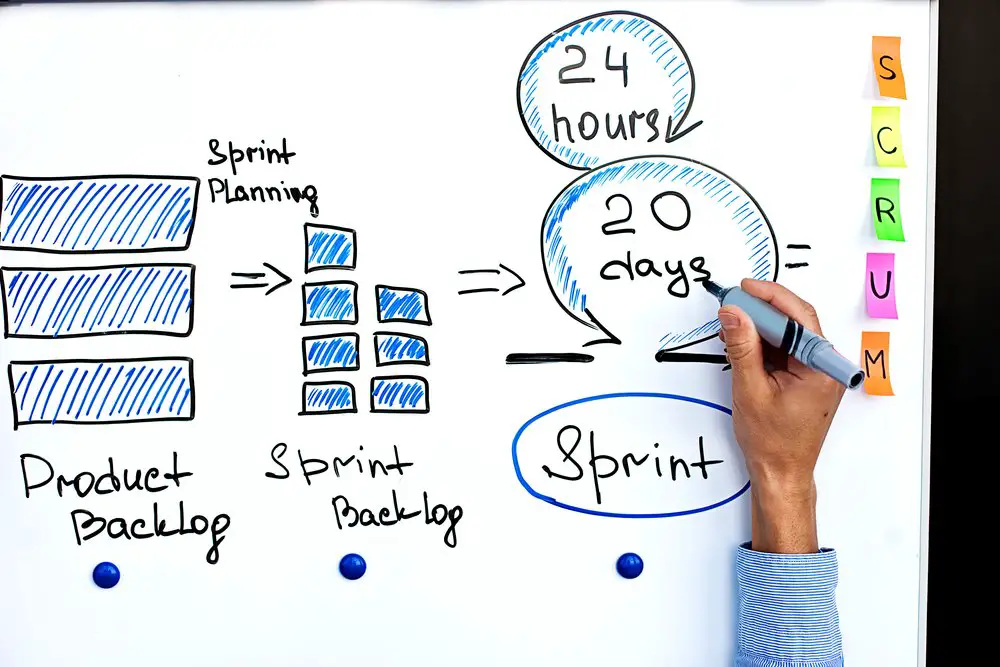
Standard User Story Format
The Standard User Story Format is key in Agile methods. It goes: “As a [persona], I [want to], [so that].” This helps teams know who needs what and why. It ensures the work focuses on users. For instance:
- As a customer, I want to track my order status so that I can know when it will arrive.
- As a manager, I want to make sales reports so that I can look at our performance.
Role-Based User Stories
Role-based stories are about certain users in an organization. They show how software solves their specific problems. It’s key for big features, making sure the software improves how people work:
- As a developer, I want to get into the code base so I can add updates fast.
- As a customer service rep, I want to see customer info so I can help them better.
Contextual User Stories
Contextual stories look at the bigger picture of how features are used. They give a full view of how different functions work together for the user. This helps match development with real needs:
- As a shopper, I want to use discounts when I check out so I can save more money.
- As an admin, I want to control user access so we can keep our platform safe.
With these user story templates, Agile teams can plan and run projects better. For more examples and formats, see Smartsheet’s user story templates.
Integrating User Stories into Your Workflow
User stories can greatly improve an agile team’s workflow. We use them in our sprints, with tools like Jira Software and Trello Boards. They help us make our workflow clear and efficient.
Adding Stories to Sprints
User stories shape each sprint’s scope and priorities in a Scrum framework. In sprint planning, teams talk about each story’s needs and goals. The stories are simple: “As a [persona], I [want to], [so that].”
This approach keeps things clear and simple. It leads to happier users and more people using the product.
Utilizing Tools like Jira and Trello Boards
Tools like Jira Software and Trello Boards help us see our progress. They make it easy for teams to talk and for everyone to know what’s happening. By using these tools, we work better together and keep focusing on what users need.
A tidy board means we can plan sprints better and manage our work well.

Acceptance Criteria and Story Point Estimation
Setting acceptance criteria and estimating story points make user stories reliable and predictable. The criteria show what needs to be done for a story to be complete. This keeps everyone on the same page.
Estimating points lets us measure the effort needed for stories. We use different methods, like t-shirt sizes or the Fibonacci sequence. This is key for good sprint planning and using our resources wisely.
| Tool | Main Function | Benefit |
|---|---|---|
| Trello Boards | Organization and Visualization | Enhances Collaboration |
| Jira Software | Tracking and Planning | Improves Transparency |
Conclusion
We’ve learned how crucial an Agile User Story Template is in Agile Software Development. It’s more than just a task list. It’s a story that drives understanding and guides the development team. These stories help teams focus on real user needs. This improves teamwork, creativity, and focus on the product.
A good Agile User Story Template shows the role, goal, and required action. It acts as a benchmark for quality and clarity. By breaking stories down, we keep the development process flexible and responsive. Tools like Jira and Trello help with planning and staying on track. This is key for teams at PMtech Digital Solutions.
In short, user story templates are a big help in Agile Development. They let us quickly adjust to new user needs and prioritize well. This way, we develop software that meets user needs and stands out. This strategy leads to better products. It also creates a team environment that’s collaborative and adaptable, ready for the changing tech landscape.
FAQ
What is an Agile User Story?
An Agile User Story is a simple story that shows the software’s benefits for a user. It tells us what the end goals are from the user’s view, not just features. This approach helps teams focus on what customers really need.
What are the key benefits of Agile User Stories?
Agile User Stories boost teamwork and bring up new, creative ideas. They keep everyone focused on the user’s needs. Plus, they lay the ground for innovation that helps the user.
How do User Stories differ from Product Requirements?
User Stories share the reasons for features, focusing on what users want and experience. Product requirements list out the technical details. User Stories make sure we’re making things users will value.
What are the key elements of a good User Story?
Good User Stories have three main parts: Card, Conversation, and Confirmation. The Card documents the story. Conversations happen around the story’s need. Confirmation ensures everyone agrees on when the story is complete.
What is the INVEST approach?
INVEST is an approach for good User Stories. It means Independent, Negotiable, Valuable, Estimable, Small, and Testable. Bill Wake created it to help make stories that work well.
What are common mistakes to avoid when writing User Stories?
Avoid making User Stories too vague or too detailed. Make sure they have clear acceptance criteria. Don’t make them so big they can’t be done in one sprint. Focus on the user’s needs, not just how to build the feature.
How do Agile User Story Templates improve Scrum processes?
Agile User Story Templates make Scrum work better. They encourage working from a user’s viewpoint. These templates boost teamwork, spark better ideas, and keep the team focused on value for the user.
What is the Standard User Story Format?
The Standard User Story Format goes like this: “As a [persona], I [want to], [so that].” It clearly shows why the user needs something and what they hope to get from it.
What are Role-Based User Stories?
Role-Based User Stories focus on specific users, like a manager or developer. They tailor features to fit these users’ work needs.
What are Contextual User Stories?
Contextual User Stories explore how features help users in real scenarios. They show how different features support or interact with user tasks. This enriches the development work.
How do we integrate User Stories into our workflow?
Include User Stories in sprint planning and use tools like Jira and Trello Boards to keep track of them. They help teams figure out what to do in each sprint, order tasks, and keep everyone in sync.
What are Acceptance Criteria and Story Point Estimation?
Acceptance Criteria make it clear what ‘done’ looks like, so the result meets user hopes. Story Point Estimation helps teams figure out how complex a story is. This helps plan how much work can be done in a sprint.

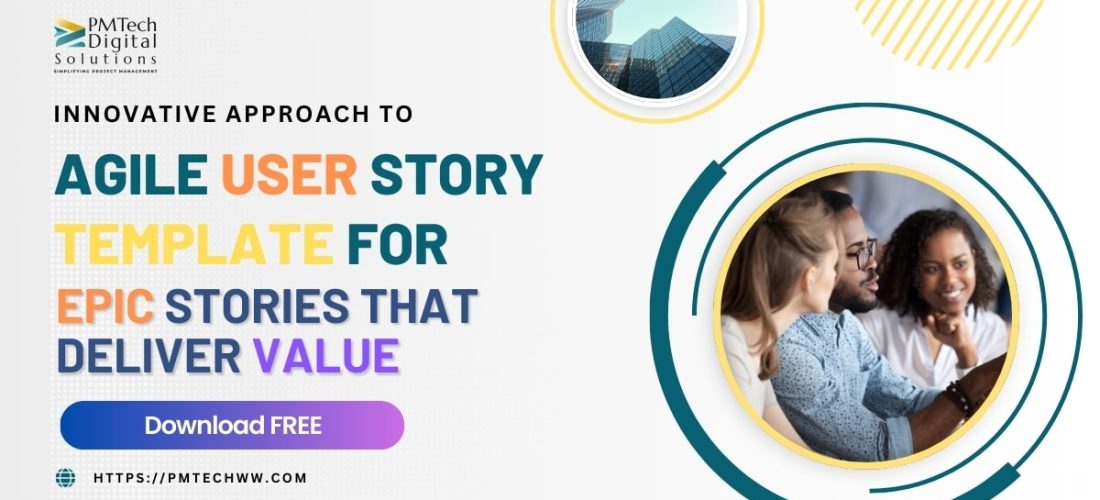
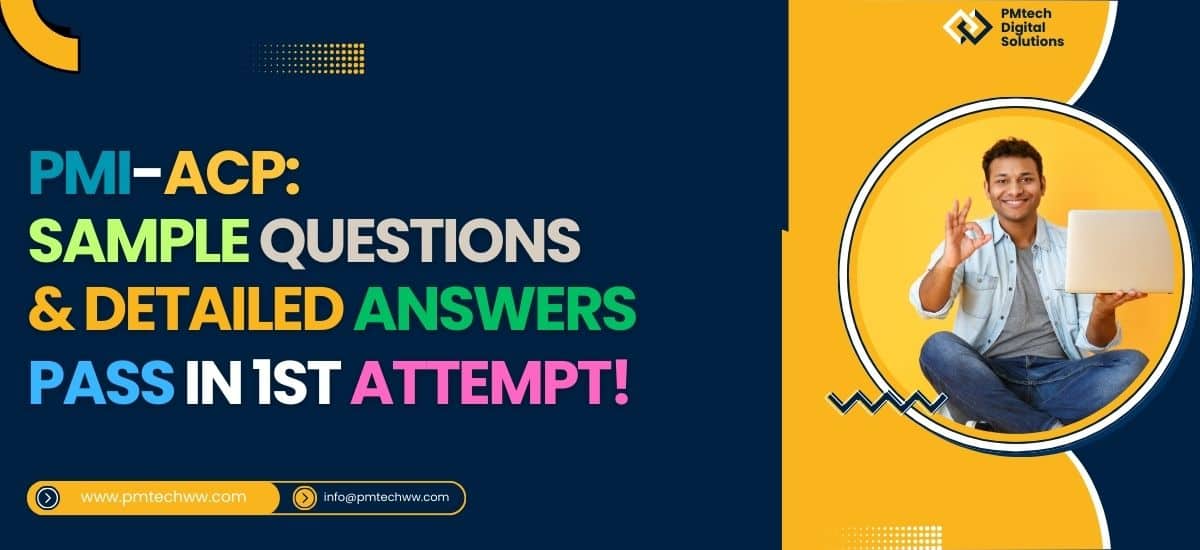



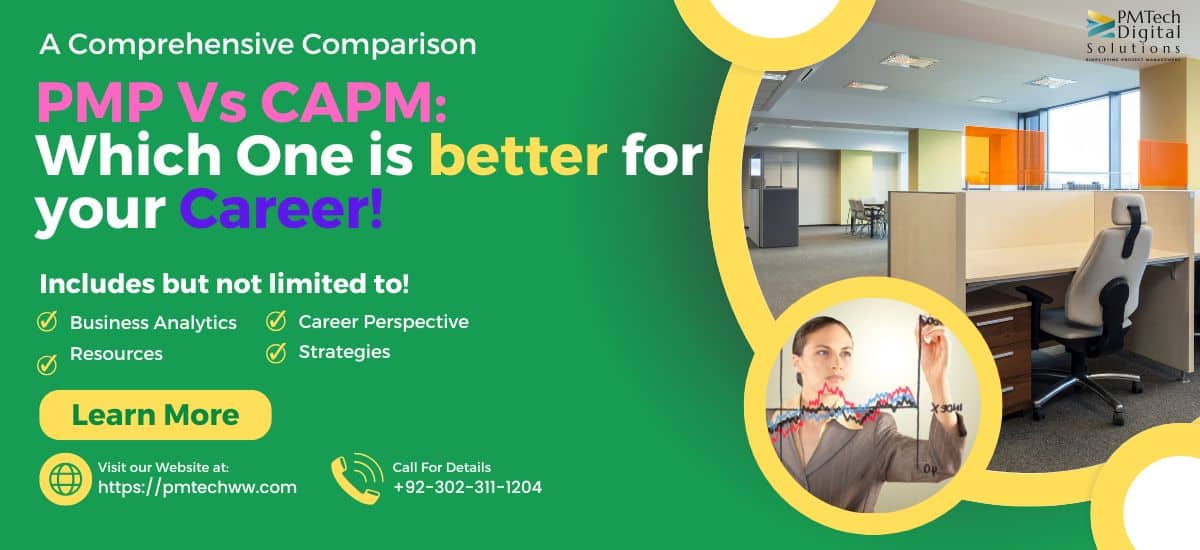










147 Responses
Can you be more specific about the content of your article? After reading it, I still have some doubts. Hope you can help me.
Thanks for sharing. I read many of your blog posts, cool, your blog is very good. https://accounts.binance.com/en-NG/register?ref=JHQQKNKN
Your article helped me a lot, is there any more related content? Thanks!
Real nice layout and superb subject matter, practically nothing else we require : D.
магазин аккаунтов биржа аккаунтов
услуги по продаже аккаунтов маркетплейс аккаунтов
гарантия при продаже аккаунтов платформа для покупки аккаунтов
услуги по продаже аккаунтов https://ploshadka-prodazha-akkauntov.ru/
покупка аккаунтов продажа аккаунтов соцсетей
биржа аккаунтов продажа аккаунтов
биржа аккаунтов купить аккаунт с прокачкой
I really enjoy examining on this website , it holds good blog posts. “Wealth and children are the adornment of life.” by Koran.
Accounts market Account market
Sell Account Account market
Account Trading Service Accounts marketplace
Verified Accounts for Sale Accounts marketplace
Buy accounts Account Trading Service
Sell Account Accounts marketplace
Sell Account Account Purchase
Account exchange Account Trading Service
Website for Selling Accounts Verified Accounts for Sale
Account Selling Service Verified Accounts for Sale
Verified Accounts for Sale Account Selling Platform
accounts marketplace account trading
account catalog buy pre-made account
account trading service https://socialaccountssale.com
guaranteed accounts https://buyaccountsdiscount.com
account market sell accounts
account buying platform purchase ready-made accounts
guaranteed accounts profitable account sales
account catalog buy account
ready-made accounts for sale https://discountaccountsmarket.com/
account buying service account trading platform
profitable account sales account exchange service
It’s an amazing post in favor of all the web
users; they will take benefit from it I am sure.
Take a look at my website: nordvpn coupons inspiresensation
sell account find accounts for sale
buy account sell accounts
database of accounts for sale sell account
secure account purchasing platform account purchase
Amazing! This blog looks exactly like my old one! It’s on a completely different topic but it has
pretty much the same page layout and design. Superb choice of colors!
My blog :: nordvpn coupons inspiresensation
gaming account marketplace accounts marketplace
account exchange account marketplace
account store social media account marketplace
sell account secure account sales
gaming account marketplace profitable account sales
account exchange buy account
account purchase sell pre-made account
website for selling accounts account exchange
account selling service buy account
account sale sell pre-made account
account trading account market
sell accounts buy pre-made account
account selling platform accounts marketplace
buy accounts https://accounts-offer.org
accounts market https://accounts-marketplace.xyz
account buying platform https://buy-best-accounts.org/
gaming account marketplace accounts market
350fairfax nordvpn
Great blog! Is your theme custom made or did you download
it from somewhere? A design like yours with a
few simple tweeks would really make my blog stand out.
Please let me know where you got your theme.
Thank you
my web site; nord vpn Coupon Codes
website for buying accounts https://accounts-marketplace.live/
website for selling accounts https://social-accounts-marketplace.xyz
buy account https://buy-accounts.space/
secure account sales buy-accounts-shop.pro
account trading service https://social-accounts-marketplace.live
secure account purchasing platform https://buy-accounts.live
account trading https://accounts-marketplace.online/
account acquisition https://accounts-marketplace-best.pro
магазин аккаунтов https://akkaunty-na-prodazhu.pro
маркетплейс аккаунтов купить аккаунт
магазин аккаунтов https://kupit-akkaunt.xyz
купить аккаунт akkaunt-magazin.online
покупка аккаунтов https://akkaunty-market.live/
магазин аккаунтов kupit-akkaunty-market.xyz
маркетплейс аккаунтов купить аккаунт
маркетплейс аккаунтов соцсетей https://online-akkaunty-magazin.xyz
магазин аккаунтов akkaunty-dlya-prodazhi.pro
продажа аккаунтов https://kupit-akkaunt.online
buy facebook ads manager https://buy-adsaccounts.work/
facebook ad account for sale https://buy-ad-accounts.click
buy facebook account buying facebook ad account
buy facebook old accounts buy facebook advertising
facebook account sale facebook ads account buy
buy fb account buy ad account facebook
buy facebook accounts for ads buy a facebook ad account
buy facebook account for ads buy-ad-account.click
buy aged facebook ads account https://ad-accounts-for-sale.work
buy google ads verified account https://buy-ads-account.top
old google ads account for sale https://buy-ads-accounts.click
buy facebook accounts cheap cheap facebook accounts
buy google ads account google ads account for sale
buy google ads https://ads-account-buy.work
buy google ads https://buy-ads-invoice-account.top
sell google ads account https://buy-account-ads.work
google ads account for sale https://buy-ads-agency-account.top
buy adwords account https://sell-ads-account.click
buy verified google ads account sell google ads account
buy verified facebook business manager account https://buy-business-manager.org
buy google ads verified account https://buy-verified-ads-account.work
buy business manager https://buy-bm-account.org/
buy verified business manager buy-verified-business-manager-account.org
facebook bm for sale https://buy-verified-business-manager.org/
buy facebook business manager buy fb business manager
facebook business manager account buy https://buy-business-manager-verified.org/
facebook business manager for sale https://buy-bm.org
facebook bm account facebook business account for sale
buy tiktok ads accounts https://buy-tiktok-ads-account.org
tiktok ads account buy https://tiktok-ads-account-buy.org
tiktok ads account buy https://tiktok-ads-account-for-sale.org
buy tiktok business account https://tiktok-agency-account-for-sale.org
buy tiktok ad account https://buy-tiktok-ad-account.org
buy tiktok business account https://buy-tiktok-ads-accounts.org
buy tiktok ad account https://buy-tiktok-business-account.org
tiktok ads account buy https://buy-tiktok-ads.org
buy tiktok ads accounts https://tiktok-ads-agency-account.org
Its great as your other posts : D, thankyou for putting up. “Age is a function of mind over matter if you don’t mind, it doesn’t matter.” by Leroy Robert Satchel Paige.
Great site! I am loving it!! Will be back later to read some more. I am bookmarking your feeds also.
Este site é realmente fabuloso. Sempre que acesso eu encontro coisas incríveis Você também vai querer acessar o nosso site e descobrir mais detalhes! informaçõesexclusivas. Venha descobrir mais agora! 🙂
Este site é realmente fantástico. Sempre que acesso eu encontro novidades Você também vai querer acessar o nosso site e descobrir mais detalhes! informaçõesexclusivas. Venha descobrir mais agora! 🙂
Hey there! I know this is kinda off topic but I was wondering which blog platform are you
using for this site? I’m getting sick and tired of WordPress
because I’ve had issues with hackers and I’m looking at alternatives for another
platform. I would be awesome if you could point me in the direction of a good platform.
My webpage :: eharmony special coupon code 2025
You actually make it seem so easy with your presentation but I find this matter to be actually one thing which I believe I’d by
no means understand. It seems too complicated and very broad for me.
I am taking a look forward in your next put up, I’ll attempt to get
the cling of it!
Here is my blog post :: eharmony special coupon code 2025
naturally like your web-site however you have to test the spelling on quite a few of your posts. Several of them are rife with spelling problems and I find it very troublesome to inform the reality however I?¦ll surely come again again.
I have read so many articles or reviews concerning the blogger lovers
except this paragraph is actually a fastidious paragraph, keep it up.
Also visit my web-site – vpn
buy facebook advertising accounts online account store account store
buy a facebook ad account social media account marketplace buy accounts
Hey there! I know this is kinda off topic but I was
wondering which blog platform are you using for this site?
I’m getting fed up of WordPress because I’ve had problems with hackers
and I’m looking at options for another platform. I would
be great if you could point me in the direction of a good platform.
https://tinyurl.com/28555853 gamefly free trial
I am truly thankful to the owner of this web site who has shared this fantastic piece of writing at at this place.
Your article helped me a lot, is there any more related content? Thanks!
I’m often to blogging and i really appreciate your content. The article has actually peaks my interest. I’m going to bookmark your web site and maintain checking for brand spanking new information.
Post writing is also a fun, if you be acquainted with after that you
can write or else it is difficult to write.
Vpn what is it https://tinyurl.com/2dhs6xmh
Fabulous, what a website it is! This website gives valuable facts to
us, keep it up.
Thanks in support of sharing such a nice thinking, post is
pleasant, thats why i have read it completely
Once I initially commented I clicked the -Notify me when new feedback are added- checkbox and now each time a remark is added I get 4 emails with the identical comment. Is there any method you’ll be able to take away me from that service? Thanks!
Very interesting topic, thank you for posting.
Thank you for your sharing. I am worried that I lack creative ideas. It is your article that makes me full of hope. Thank you. But, I have a question, can you help me? https://www.binance.info/bn/register-person?ref=UM6SMJM3
Hey There. I discovered your blog using msn. This is a very smartly written article. I’ll be sure to bookmark it and come back to learn extra of your useful info. Thanks for the post. I will definitely return.
Your article helped me a lot, is there any more related content? Thanks! https://accounts.binance.com/register?ref=P9L9FQKY
I was suggested this website by my cousin. I am not sure whether this post is written by him as no one else know such detailed about my difficulty. You’re wonderful! Thanks!
I’m really impressed with your writing skills as well as with the layout on your weblog. Is this a paid theme or did you modify it yourself? Either way keep up the nice quality writing, it’s rare to see a nice blog like this one nowadays..
Of course, what a great blog and educative posts, I will bookmark your site.Have an awsome day!
I besides believe therefore, perfectly composed post! .
I am regular visitor, how are you everybody? This paragraph posted at this web site is actually nice.
https://tinyurl.com/2xd9hovp eharmony special coupon code 2025
Thanks for sharing. I read many of your blog posts, cool, your blog is very good.
you have a great blog here! would you like to make some invite posts on my blog?
Strongly written
I like what you guys are up also. Such smart work and reporting! Carry on the excellent works guys I have incorporated you guys to my blogroll. I think it’ll improve the value of my site :).
Nicely delivered
Gotta say, full88bet doesn’t mess about. Straightforward site with a pretty good selection. For a no-nonsense betting experience, try full88bet. Fingers crossed for a win!